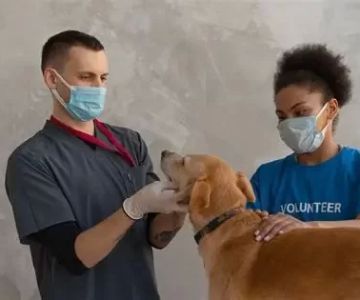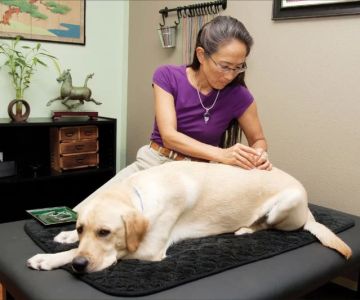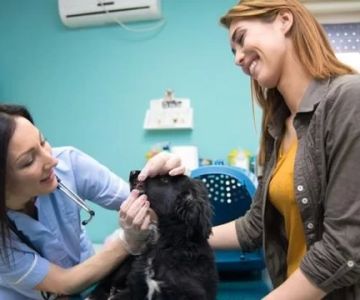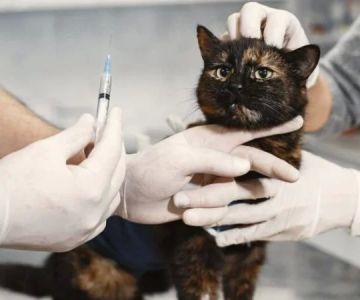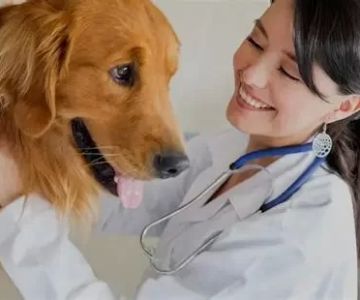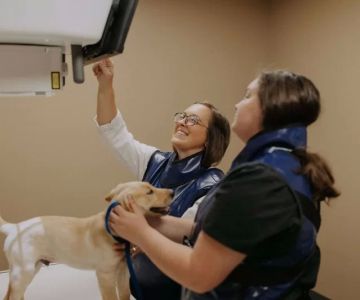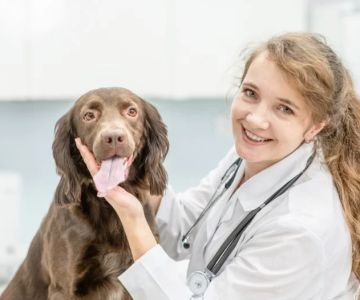- 1-usda-veterinarian-salary-overview-career-path
- 2-factors-influencing-usda-veterinarian-earnings
- 3-real-stories-from-usda-veterinarians-career-experiences
- 4-how-to-pursue-a-career-as-a-usda-veterinarian
- 5-investing-in-veterinary-products-to-support-career-growth
USDA Veterinarian Salary Overview and Career Path
Understanding how much does a USDA veterinarian make starts with recognizing that these professionals serve crucial roles in animal health, food safety, and public health under the U.S. Department of Agriculture. USDA veterinarians typically earn salaries ranging from approximately $70,000 to over $120,000 annually, depending on experience, location, and specific responsibilities.
These positions often come with federal benefits and job security that enhance the overall compensation package. The career path includes roles in field inspection, disease control, and research, each offering unique opportunities and salary variations.
Key Factors That Influence USDA Veterinarian Earnings
Experience and Education
Like most veterinary roles, USDA veterinarian salaries increase with years of experience and additional qualifications. Advanced degrees or specialized certifications can open doors to higher pay grades and leadership positions within the agency.
Location and Duty Station
Geographical location plays a significant role. For example, veterinarians stationed in urban centers or regions with a higher cost of living often receive adjusted pay. Field positions in remote or high-demand areas may also offer differential pay incentives.
Job Responsibilities and Rank
Positions with supervisory duties or specialized scientific roles tend to come with higher salaries. Entry-level inspectors or veterinary medical officers earn less compared to senior veterinarians overseeing programs or research initiatives.
Real-Life Experiences from USDA Veterinarians
Dr. Emily Sanchez, a USDA veterinarian based in Texas, shared how her career combines fieldwork with policy advising. She notes, “While the salary was a motivating factor, the impact of my work on animal health and food safety keeps me passionate.” Her starting salary was around $75,000, with steady increases tied to experience and certifications.
Another example is Dr. Mark Thompson, who transitioned from private practice to the USDA. He highlights the benefits of federal employment, saying, “The salary is competitive, but the comprehensive benefits and work-life balance truly set USDA positions apart.” Dr. Thompson earns over $110,000 annually in his senior role overseeing disease control programs.
Steps to Pursue a Career as a USDA Veterinarian
Educational Requirements and Licensing
Becoming a USDA veterinarian requires a Doctor of Veterinary Medicine (DVM) degree and a valid veterinary license. Candidates often gain experience through internships or residencies before applying to USDA positions.
Application Process and Federal Hiring
USDA veterinary jobs are posted on federal employment sites like USAJOBS. Applicants should tailor their resumes to highlight relevant experience and demonstrate knowledge of animal health regulations and public service.
Continuing Education and Career Growth
Ongoing training and specialized certifications can boost both salary and advancement opportunities. USDA veterinarians are encouraged to stay current with veterinary medicine and regulatory changes to excel in their roles.
Supporting Your USDA Veterinary Career: Investing in Veterinary Products
For those embarking on or growing a USDA veterinary career, equipping yourself with the right veterinary products and tools can enhance your effectiveness. Whether in the field or lab, having trusted diagnostic kits, protective gear, and reference materials is invaluable.
Additionally, many USDA veterinarians recommend specific products to support animal health programs they oversee. Exploring these professional-grade products not only aids in job performance but can inspire confidence in your work. Investing in quality veterinary supplies is a smart move to complement your USDA career trajectory and provide the best outcomes for animal health.



